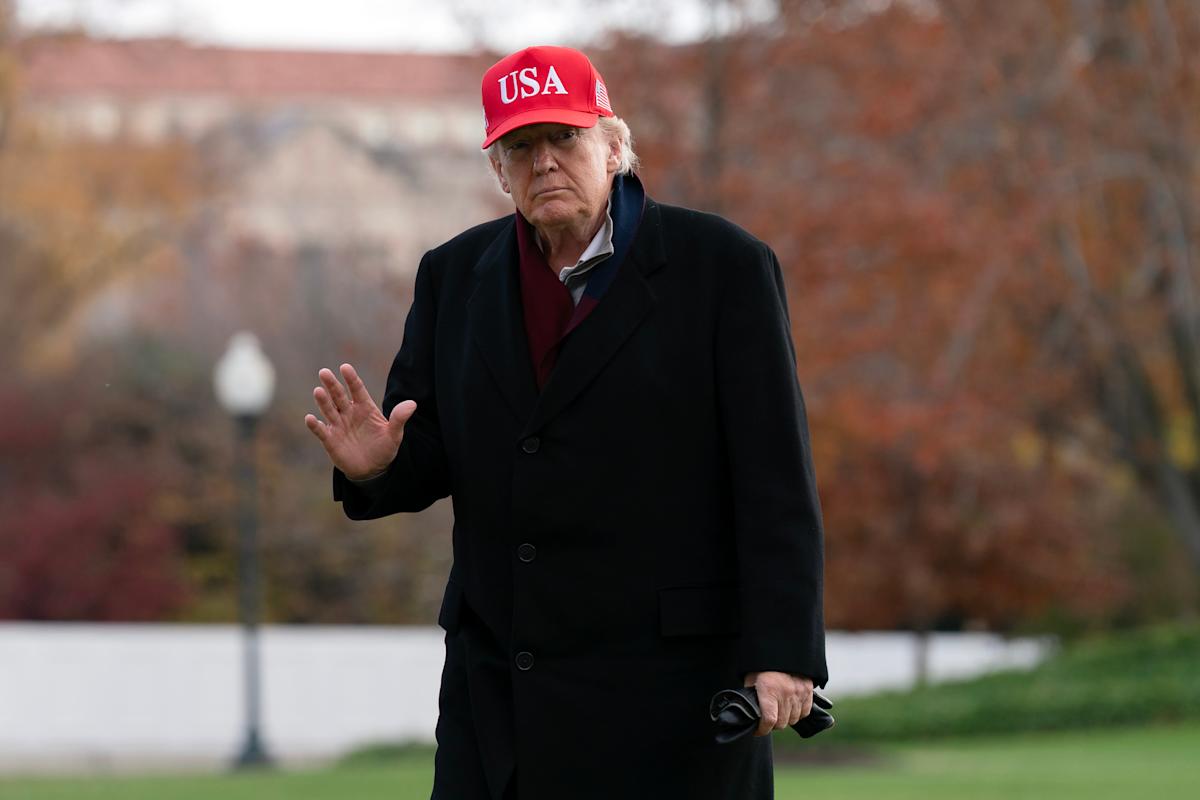President Trump said Chinese leader Xi Jinping “pretty much” agreed to increase the speed and size of the country’s agricultural purchases. Trump and Xi held their first call Monday since the US and China struck a trade and tariff truce last month.
“I think he’s going to very much surprise you on the upside,” Trump told reporters.
Trump touted the call as “very good,” and said he had accepted an invitation to visit Beijing in April and that Xi would reciprocate with a visit to the US later next year.
The White House is quietly preparing a backup plan as the US Supreme Court is set to decide whether Trump had the authority to issue them in the first place. Trump on Monday claimed the “full benefit” of tariff policies would take effect soon, arguing that foreign buyers who stockpiled inventory would be forced to buy more goods.
“Tariffs will be paid on everything they apply to, without avoidance, Taiwan to new investment and training of US workers in semiconductor manufacturing and other advanced industries
The president invoked the International Emergency Economic Powers Act (IEEPA) to levy blanket tariffs on goods from other countries. But Congress is the branch of the US government with oversight of taxation and spending — not the president. It’s not clear when SCOTUS will make its ruling.
Meanwhile, Trump further expanded tariff breaks on Brazilian goods, part of moves to lower costs on some everyday goods as consumers grapple with price struggles.
The push to reduce food prices comes after electoral wins for Democrats across a number of key state and local races where candidates stressed affordability concerns. Trump has also in recent weeks floated the possibility of a tariff “dividend” for many Americans in the form of a $2,000 check.
Trump recently acknowledged that US consumers are “paying something” for his tariffs.
Read more: What Trump’s tariffs mean for the economy and your wallet
The Trump administration is also negotiating a deal that would commit Taiwan to new investment and training of US workers in semiconductor manufacturing and other advanced industries.
Meanwhile, friction between the US and EU continues to build as the two nations look to implement the framework agreement struck earlier this year. The EU is seeking lower tariffs on certain goods, but it rejected a demand to ease tech rules.
LIVE 90 updates
